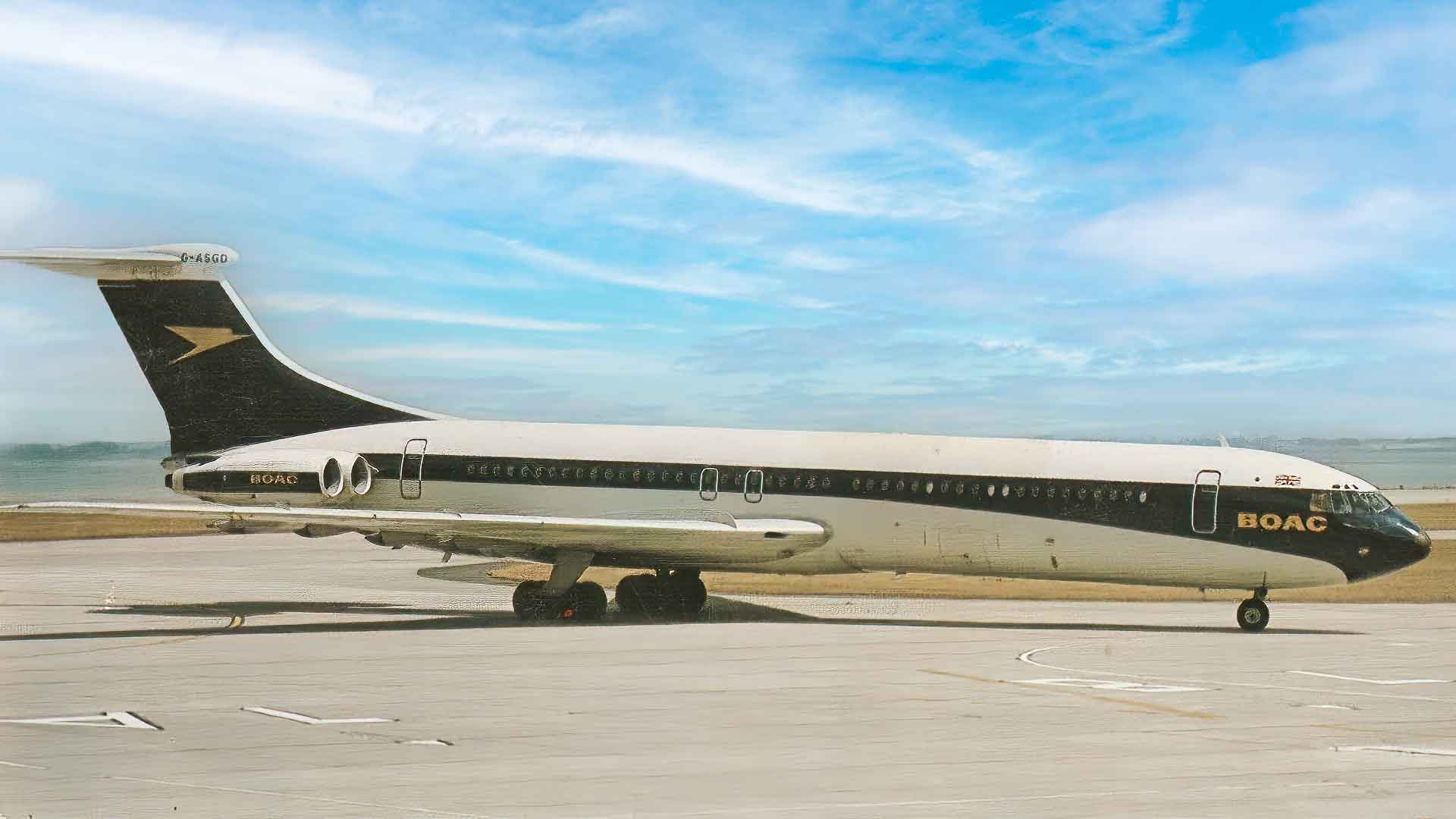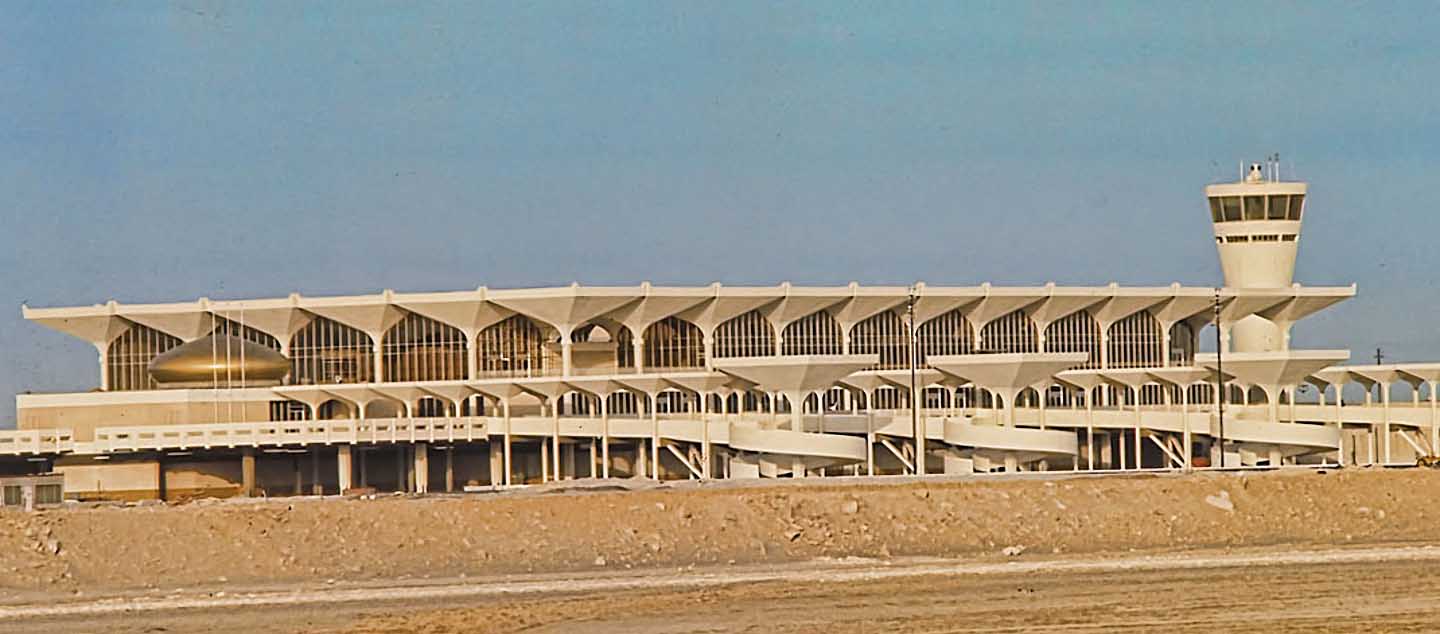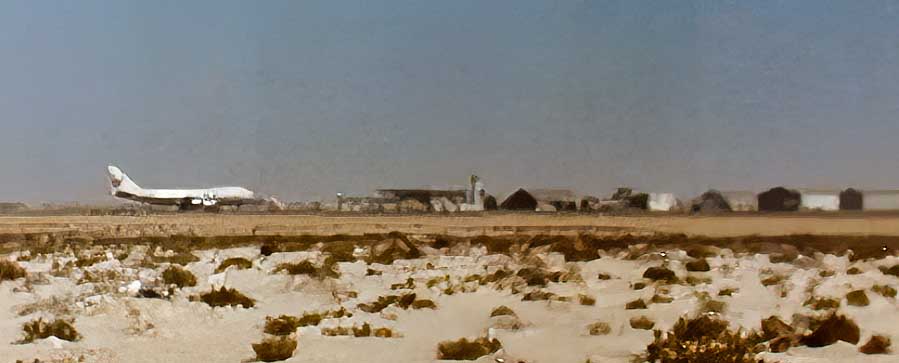Middle Eastern Airlines Flight ME426
Four terrorists boarded Flight ME426 in Beirut, Lebanon en route to Dubai where they changed flights, boarding Kuwait Airways Flight KU221 bound for Karachi, Pakistan. Three American Diplomats, William Stanford, Charles Hegna, and Charles Kapar were on board KU221. Shortly after take-off from Dubai, the terrorists hijacked KU221, forcing the aircraft to land in Tehran where it sat on the airport tarmac for several days during which the terrorists tortured the three American Diplomats, eventually murdering Hegna and Stanford. The stand-off ends after six days when Iranian Security Forces disguised as cleaners stormed the plane.
Litigation
Families of the slain Diplomats sued Kuwait Airways and MEA for damages. These are Extracts from the Court Proceedings...
.....The three were employed by the United States Department of State, Agency for International Development, and were en route from Kuwait City to their base of operations in Karachi. KU221 stopped in Dubai to refuel and to pick up additional Passengers heading for Karachi. Passengers connecting to KU221 from other flights were required to take a bus on the tarmac to KU221 and climb a set of stairs to enter the jet through the forward door of the plane. Kuwait Airlines official placed a table at the top of the stairs leading to the forward door of flight KU221, where he checked connecting Passengers' carry-on luggage as they boarded. One witness, Neil Beeston, testified that he saw three of the four Hijackers standing on the tarmac near the unguarded-- and not in use-- rear stairs of the airplane during the boarding process. Other testimony established that the tarmac, in general, was poorly lit and not well guarded......
.....No one knows how the Hijackers got their weapons on board flight KU221. There was no direct evidence that they had weapons in their possession on board MEA flight 426 or, later, when they boarded flight KU221. On the other hand, there was also no evidence that the weapons were already on board flight KU221 when the Hijackers boarded. Plaintiffs showed that no weapons were found when KU221 was routinely cleaned at Dubai, that no Passengers disembarked while the plane waited for about an hour on the tarmac at Dubai, and that all panels in the plane remained undisturbed. In addition, there was evidence that it was a common practice in the Middle East to allow one Passenger to check in for a number of other Passengers, thus allowing armed Passengers to avoid contact with airline officials......
The Complete Court Proceedings are HERE





